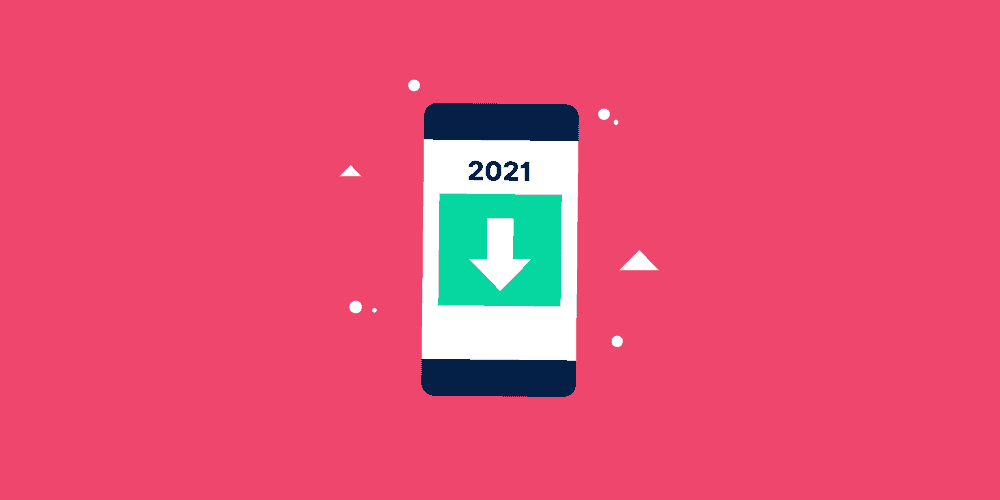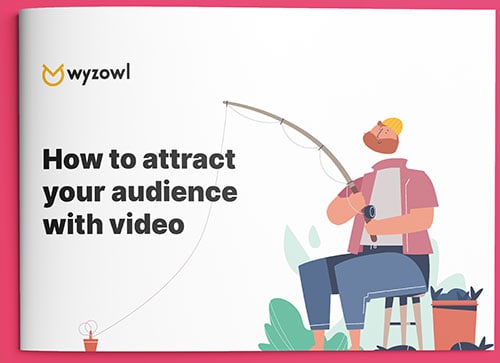Last updated on 10th January 2024
Getting your shiny new app into the hands of paying customers is no easy feat. The mobile app market is more crowded than the New York City subway at rush hour!
With over 5 million apps already available across app stores, standing out enough to make that coveted “Featured” or “Editor’s Choice” list is harder than ever.
So how do you make sure your app gets the attention it deserves?
How do you rise above the noise to attract loyal users who rave about your app to their friends?
Answer: By methodically following a strategic marketing plan, step-by-dynamic-step.
In this post, we’ll walk you through a proven process for marketing your mobile app and driving those sweet, sweet downloads.
Whether you just hit “publish” on your first app or are looking to breathe new life into an existing one, this guide has you covered. Let’s get ready to market!
Step one: raise awareness (pre-launch)
Before your app has even one single user, you need to think about your marketing plan. It’s important to do this before the launch so that when your app is ready and available to download, the demand is there.
Do your market research
The first thing you need to do is get to know your market inside and out. This involves not only getting to know your ideal users, but your competitors too.
Start with a competitor analysis. Make a list of perhaps two or three of your closest competitors and evaluate what they do well and what they don’t do well – you can learn from both.
Elements to evaluate should include their:
- App store ranking
- User experience
- Monetisation model (if applicable)
- Positive and negative reviews
All of these factors will help you to improve on what your competitors are doing and also avoid any pitfalls that they made in the past – so that you can stand out as the clear choice for users.
It can also help to review their marketing materials. Do they market to users in a fun and upbeat way? Or are they more serious in their messaging?
Just because something works well for your competitor doesn’t always mean you should follow suit. An example of two highly-successful competing apps comes from Headspace and Calm – both meditation apps.
One markets to users through funny stories and colourful characters:
The other, instead of competing with this style, goes for a more straight-forward approach:
In doing so, they’ve both carved out their own unique space in the marketplace – and one is less likely to make the other obsolete, such as what happened with Rdio and Spotify.
After analysing your competitors, turn your attention to your users.
In order to successfully market to your users, you need to know everything about them:
- Their likes
- Their dislikes
- Their characteristics (age range, gender, salary bracket)
- And what’s important to them
You can do this by conducting surveys. Tools like SurveyMonkey can give you access to a pool of respondents from all different backgrounds that will help you narrow down what your users want from you.
It’s free to give it a try, and in seconds (using their ‘build it for me’ template) you can roll out a survey to your target market:
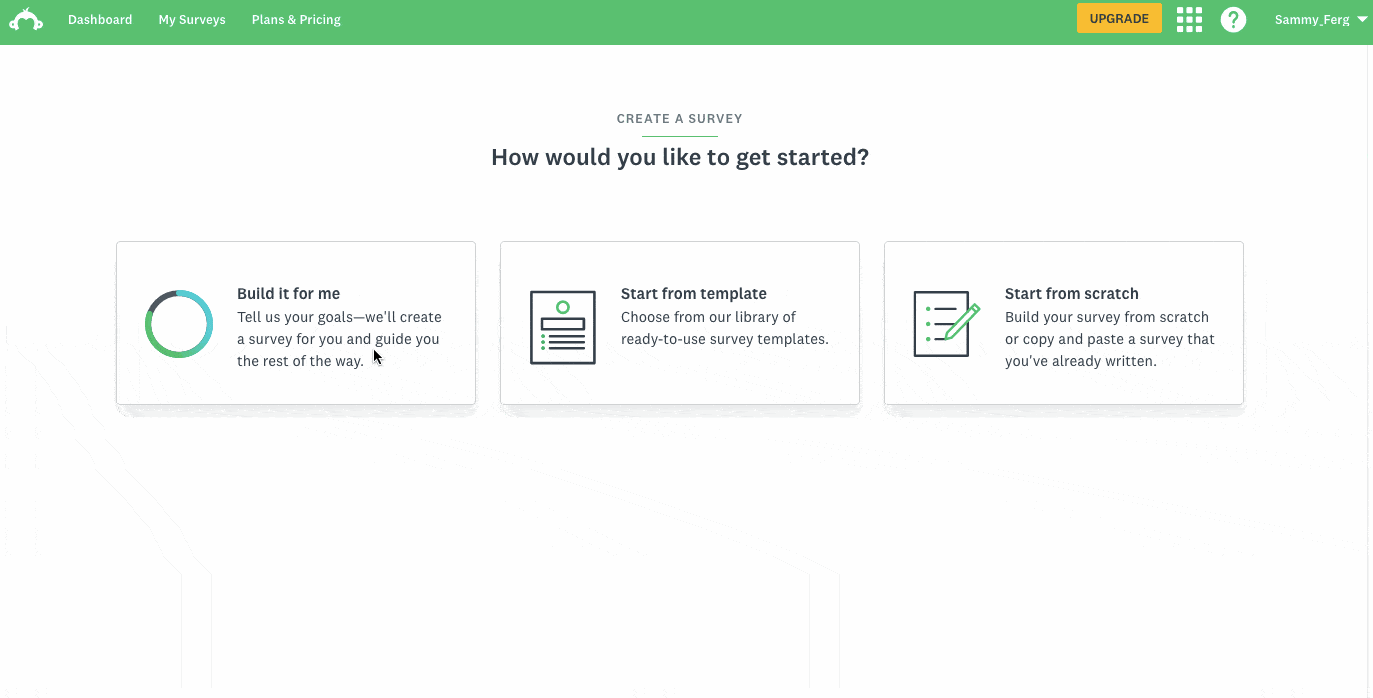
Of course, there is a charge for collecting targeted responses. This starts at £0.99 per response – so if you want a sizable amount of data then this won’t be cheap!
Once you’ve collected your data – or even before – you can work on creating user personas. These are fully-fleshed fictional users that represent your ideal customer, and can help you better understand how to market to your audience.
To find out more about this, check out our free eBook: Create buyer personas that work!
Create hype
After getting to know your competitors and your ideal users, it’s time to focus on your content marketing strategy so that you can create hype around your app.
The first thing you should do is create a landing page or website – where you can send people to find out more about your app before the launch.
The branding on this page should fit in with the branding of your app – and it’s also a great idea to add a countdown clock here. According to Optinmonster, the presence of a countdown timer can create an 8.6% lift in conversions.
Once you have your landing page, you should promote your app across as many platforms as you can – always keeping a uniformity in the branding and messaging.
Recently, Amazon launched a new app called GameOn. Here’s the landing page:
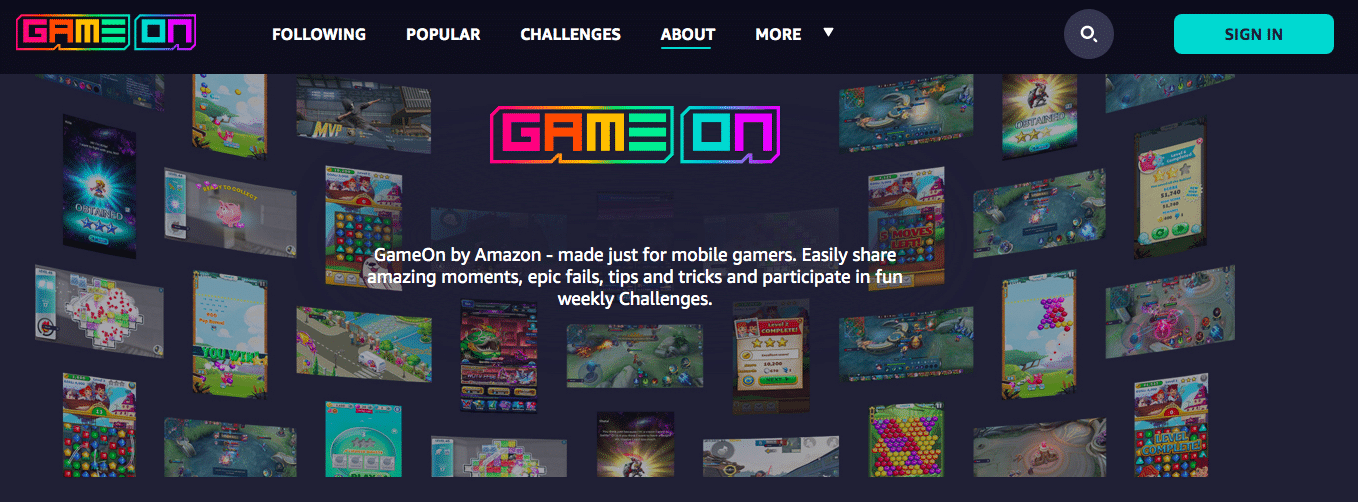
Here’s one of their social media posts:
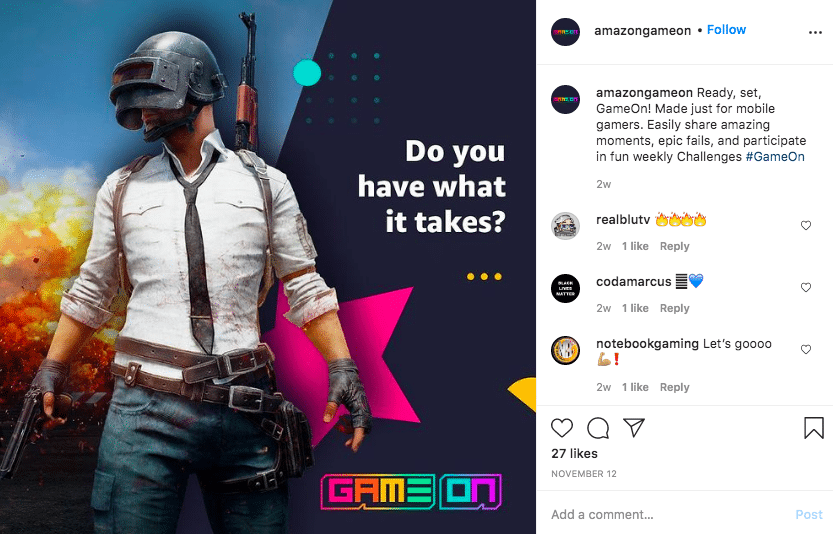
And here’s their video ad for the app:
As you can see, there’s consistency in the language, the colours, and the energy of all of their marketing materials.
Creating a video like the one above is a particularly great way to increase hype and get people excited about your app.
According to our recent state of video marketing survey, 86% of people would like to see more video from brands. Of these, 36% said they’d most like to see explainer video content and 14% said they would like to see more demo videos.
Step two: Acquisition (mid-launch)
During and immediately after you launch your mobile app, it’s important to keep a steady pace with your marketing efforts. These first few days and weeks are crucial for increasing popularity and your user base.
Focus on app store optimisation
In order for people to download your app, they need to be able to find it. There are certain things you can do to improve your visibility in both the Apple app store and Google Play.
Optimising your app listing on both app stores is very similar to optimising your website for SEO purposes. You need to look at all aspects of your listing, from your keywords to the imagery you upload.
Let’s take a look at GameOn again. Here’s a snapshot of their listing in the Google Play store:
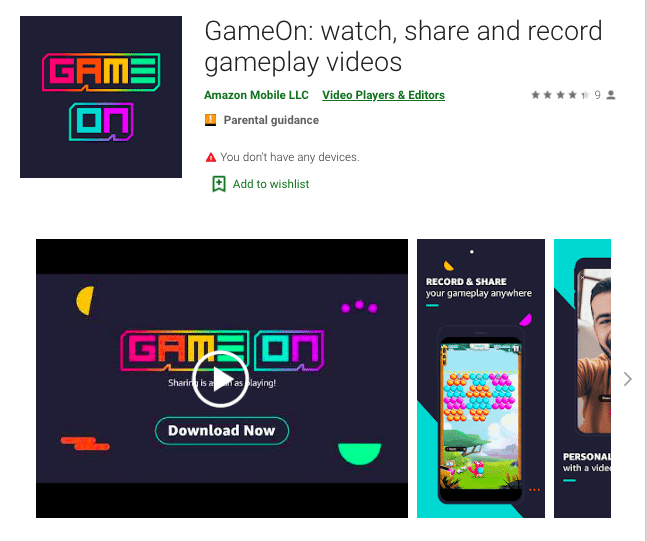
Straight away, the title includes important keywords that describe what the app is for. This is so important for visibility as including a keyword or two in your app’s title can help you rank at least 10% higher.
Moving down the page we can see that visual content has been added – both high-quality screenshots of the app and an explainer video.
This is crucial for app store optimisation and also makes it easier for users to decide whether or not they want to download the app. According to our state of video marketing survey, an incredible 74% of people say they’ve been convinced to download an app by watching a video.
It’s important to keep in mind that both Google Play and Apple have their own specific guidelines, so be sure to check those out before you get started:
Create a burst campaign
A burst campaign is the process of aggressively marketing your app for a short period of time – a couple of days, for example.
During this time you need to have lots of different plans in place for marketing your app across all platforms.
This would be an ideal time to utilise paid ads in addition to your organic marketing. A plan for a burst campaign might look a little something like this:

As you can see, you’d continue with your normal content marketing and social media schedule (or better yet, pick up the pace a little) and then also add in extra campaigns, such as:
- Paid ads
- Email marketing
- Special offers
- Video marketing
- Influencer marketing
One app that you may have already seen online – because of their amazingly effective burst campaigns – is Best Fiends.
Here’s one of their video ads:
They also utilise influencer marketing a lot:
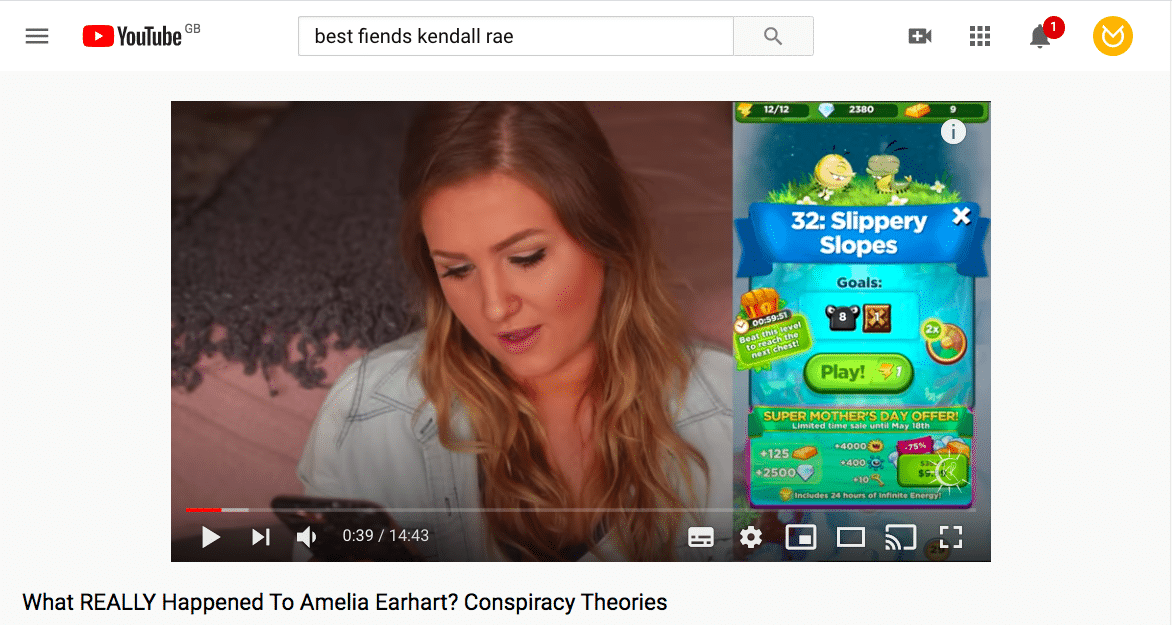
According to a study by The Influencer Marketing Hub, for every $1 brands spend on influencer marketing they generate $5.20 in return.
Pitch to Apple
Ever wondered how people get on the “featured” page in the Apple app store?
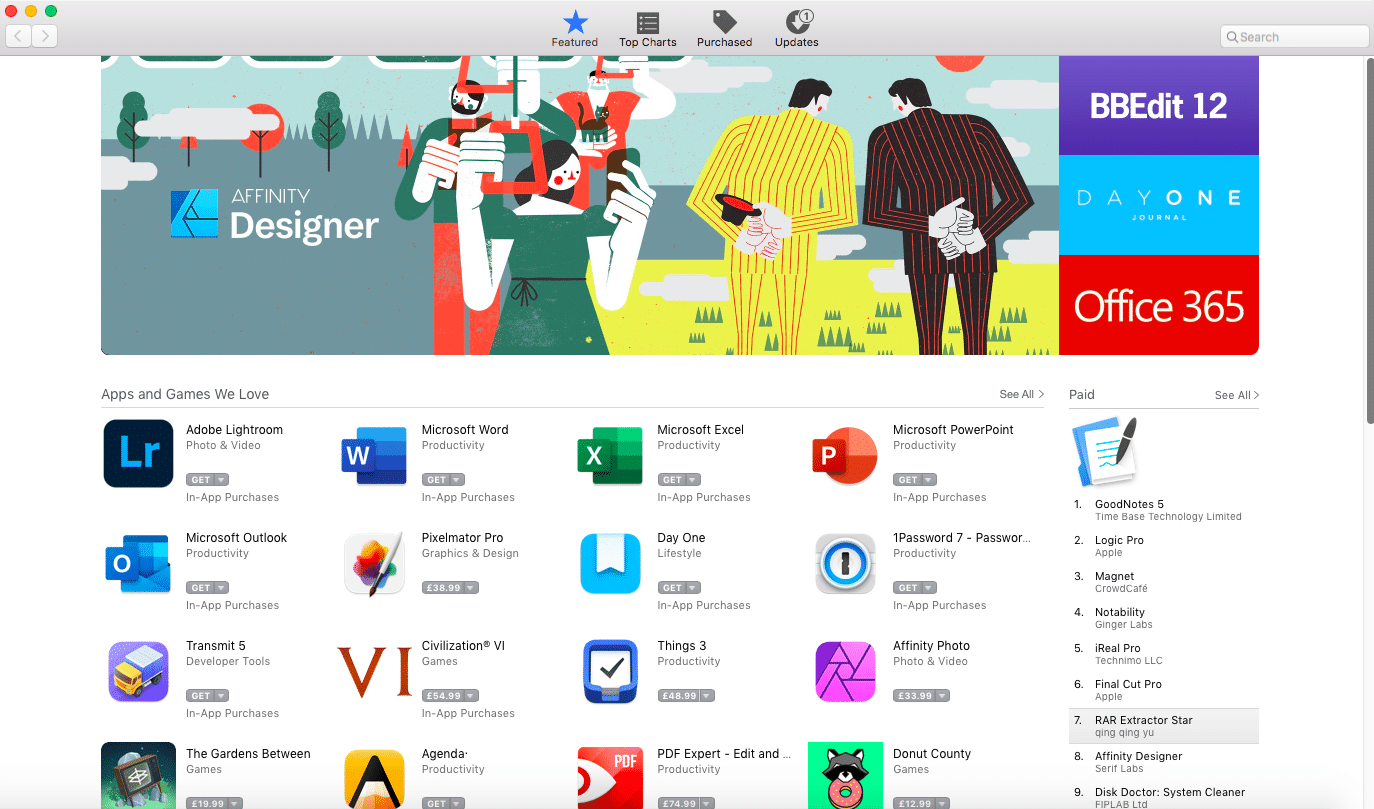
They pitch for it!
Pitching to Apple and getting your app featured would be an incredible boost for your app in those early days after the launch.
You can pitch to Apple by clicking here.
It’s important to carefully consider what’s unique and important about your app – you need to give their team a reason to pick your app over the thousands of others that get pitched every day.
Some things that will go in your favour are:
- High ratings
- Spectacular visuals
- A well-optimised listing
- Error-free functionality
- And, of course, a native app that’s been built specifically for iOS.
Step three: Retention (post-launch)
After the initial rush of building up to your launch and creating a buzz around your mobile app over those first few weeks, it can be tempting to give yourself a bit of a break.
But of course, in a world as competitive as mobile apps, that’s never going to be the case.
After your launch you need to continually work on retaining your clients for as long as possible.
Perfect your onboarding
Onboarding your new users is so important for helping them to get the most out of your app. The best onboarding content strikes the perfect balance between explaining how the app works and engaging users.
Video is a great way of doing this as you can show users exactly what to do, and keep them entertained with slick animation and an upbeat soundtrack. Here’s an example of an app demo video we created for one of our clients:
This type of onboarding content is well worth having, and practically pays for itself when you consider that 86% of people say they’d be more likely to stay loyal to a business that invests in onboarding content.
Ask for feedback
If you want to know what makes your users happy, ask them! By directly asking your users what they like and don’t like about your app, you can take their feedback on board and make improvements.
This not only gives you a better understanding of your marketplace, but it allows you to show users that you value their opinion, and this can build a great sense of loyalty.
Here’s an example from the contraceptive app, Natural Cycles:
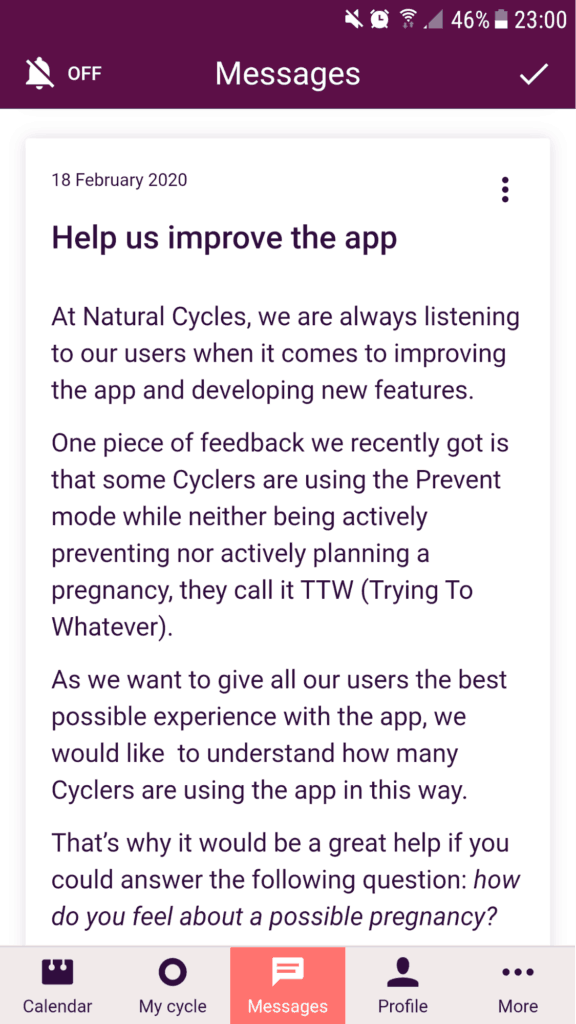
Push notifications
With a push notification, you can pierce through all of the other noise on your user’s smartphone and position your message, front and centre.
Here’s an example from the meditation app, Calm:
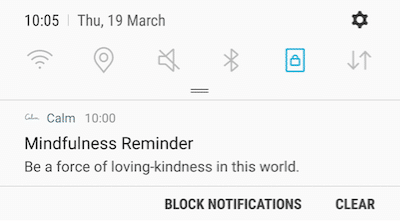
According to research by Invespcro, push notifications boost app engagement by 88%.
Encourage referrals
The users that enjoy your app and get a lot of use out of it have the power to be your most avid promoters.
You can encourage them to invite their friends to your app by offering referral rewards, like these from DuoLingo:
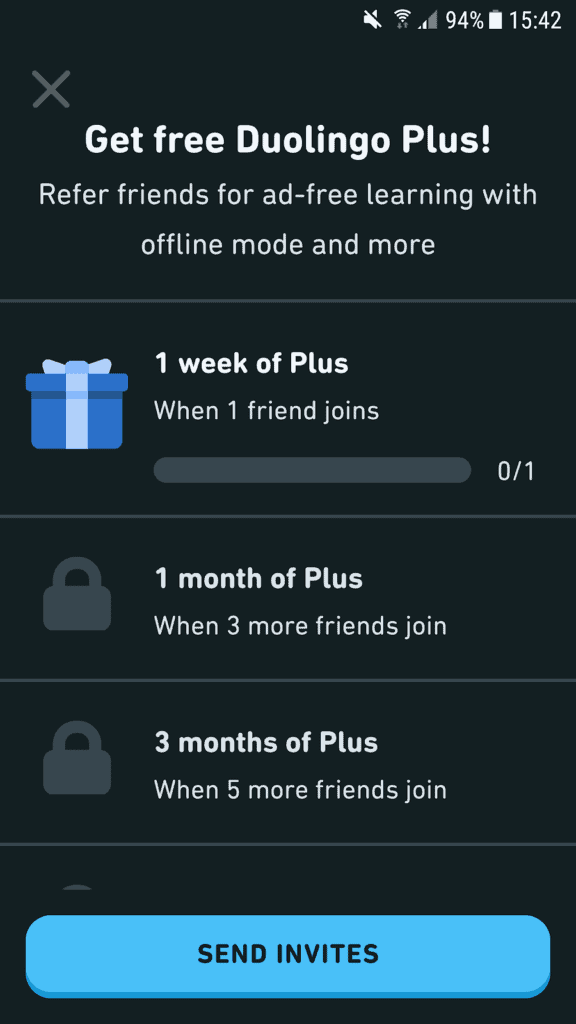
Referrals like this offer more rewards for more people invited to the app, gamifying the experience for users.
And users who find you through referrals tend to have a higher value, too. According to Invespcro, customers referred by other customers have a 37% higher retention rate and are 4x more likely to refer someone else.
Final thoughts
Marketing your mobile app is a task that you should never consider complete. It’s something you should always be working on, and striving to improve, in order to give your app the best chance of survival in this competitive landscape.

